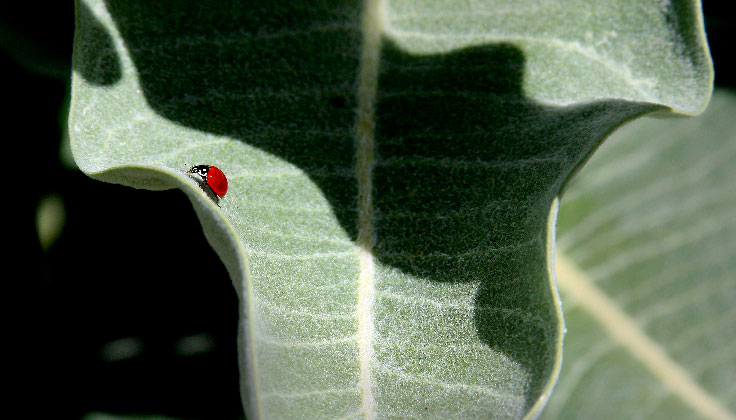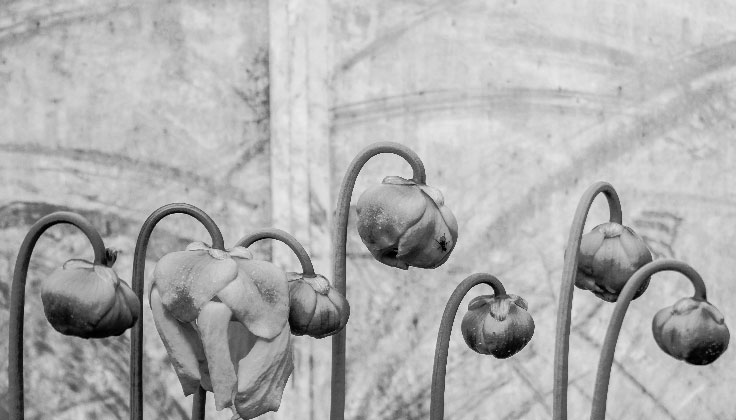Where Art and Science Meet
Student photography exhibit at Buehler Alumni Center
The beauty of science is featured in photographs taken by undergraduates in Professor Terry Nathan’s Science and Society class, SAS 40. Students use photography in this Art/Science Fusion Course to explore the connections between those two worlds, and the results will be on display from June 1–23 at the Buehler Alumni Center. The public is welcome to the free opening reception on Thursday, June 2, from 3–5 p.m.


“To survive in harsh environments, plants have evolved into different forms, allowing them to adapt to different environments, creating incredible diversity. A great example would be carnivorous plants… Most people are familiar with the traps of carnivorous plant, but few understand or have seen their flowers.” Yiying Yang, freshman, Biological Sciences